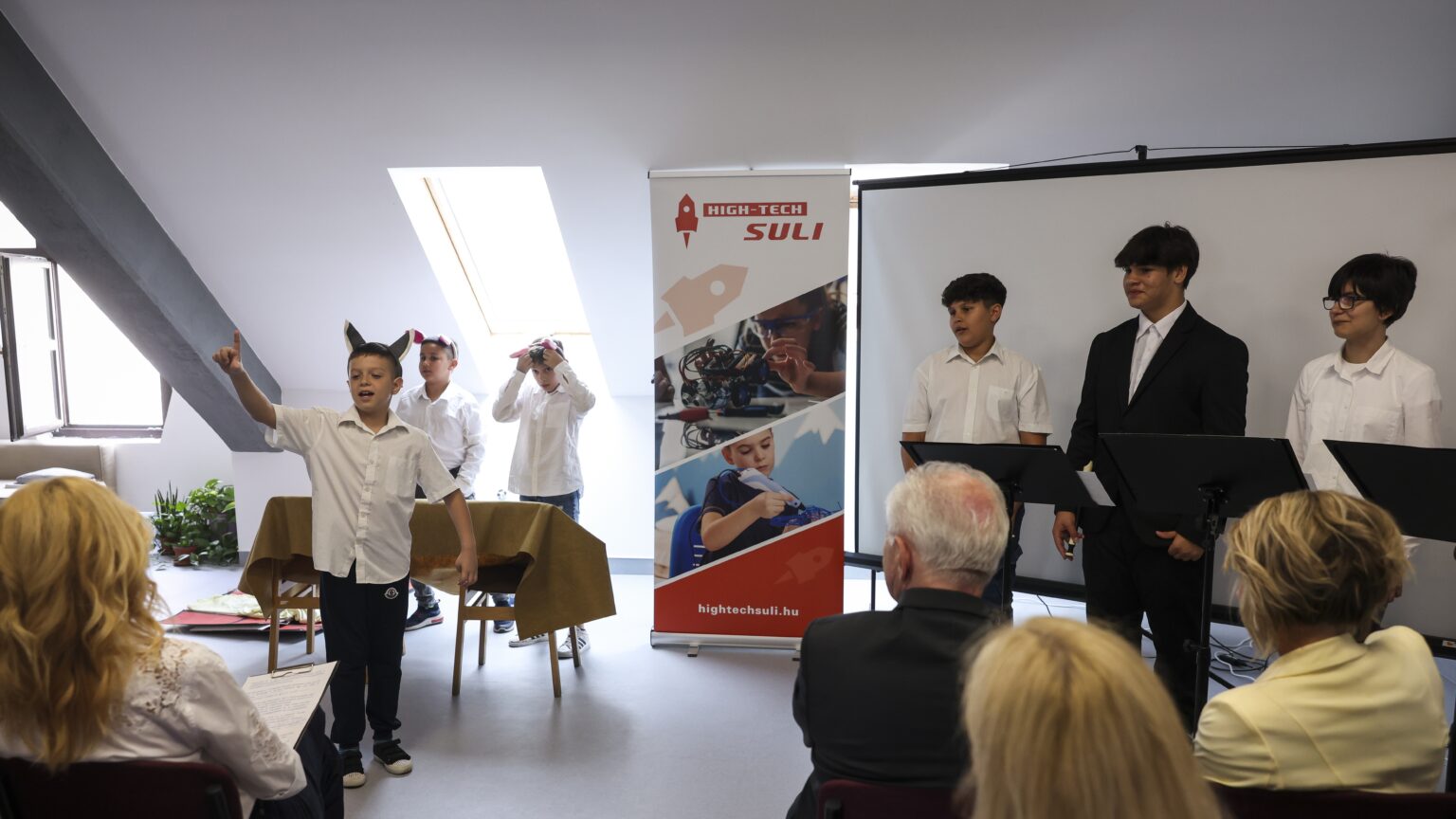
For the first time, Hungary’s High-Tech School Programme honoured its most innovative teachers. The awards, announced at a Budapest conference by Andrea Várkonyi, Chair of the Foundation for Innovative Education, highlight the programme’s impact on schools and students.

Two orphaned wildcats were rescued and released into the wild by Budapest Zoo staff in Somogy County. The wildcats, found as cubs in June, were rehabilitated and successfully returned to their natural habitat.
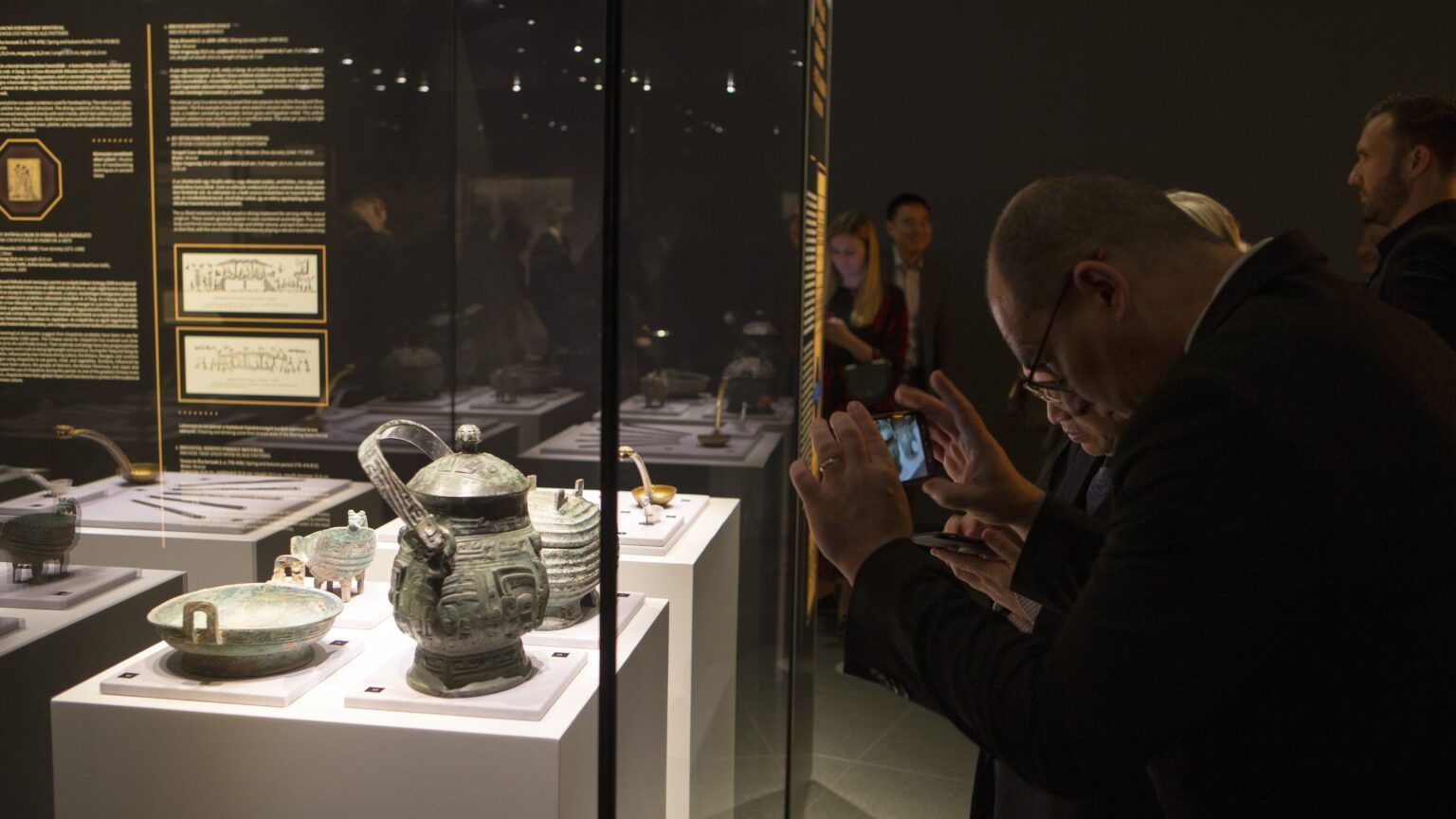
A grand exhibition titled Fine Dining: Food Stories of Ancient China will be on display at the Museum of Ethnography in Budapest from 16 October 2024 until 19 January 2025. This unique exhibition features about 90 artefacts from the collection of the National Museum of China, from ancient to modern times, offering visitors a chance to get acquinted with China’s ancient culinary traditions.
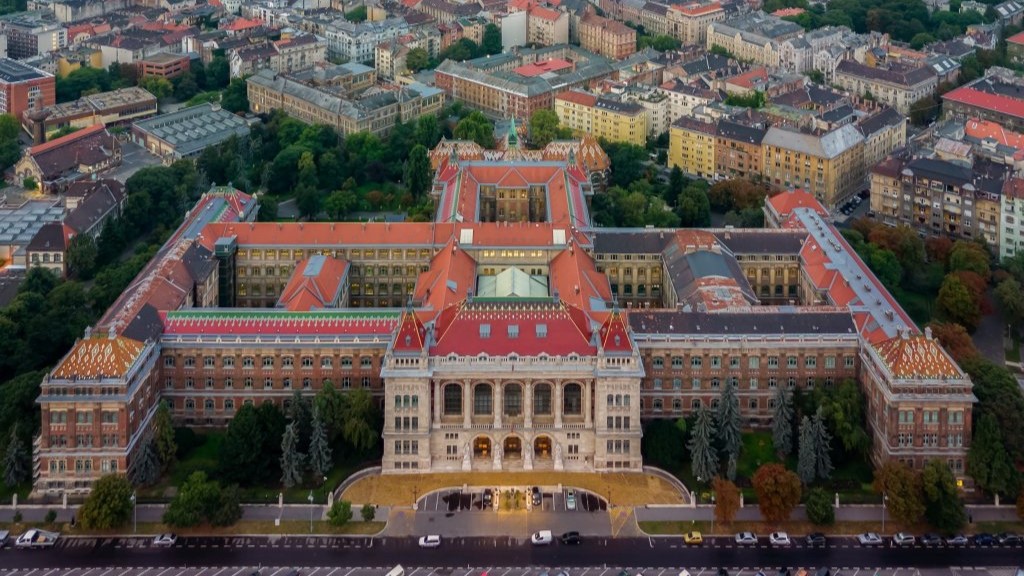
The Budapest University of Technology and Economics (BME) has been elected to the International Astronautical Federation (IAF), in recognition of BME’s achievements in space research and education on a global scale. BME is one of Hungary’s most prestigious higher education institutions, with as many as four Nobel laureates having graduated from it.
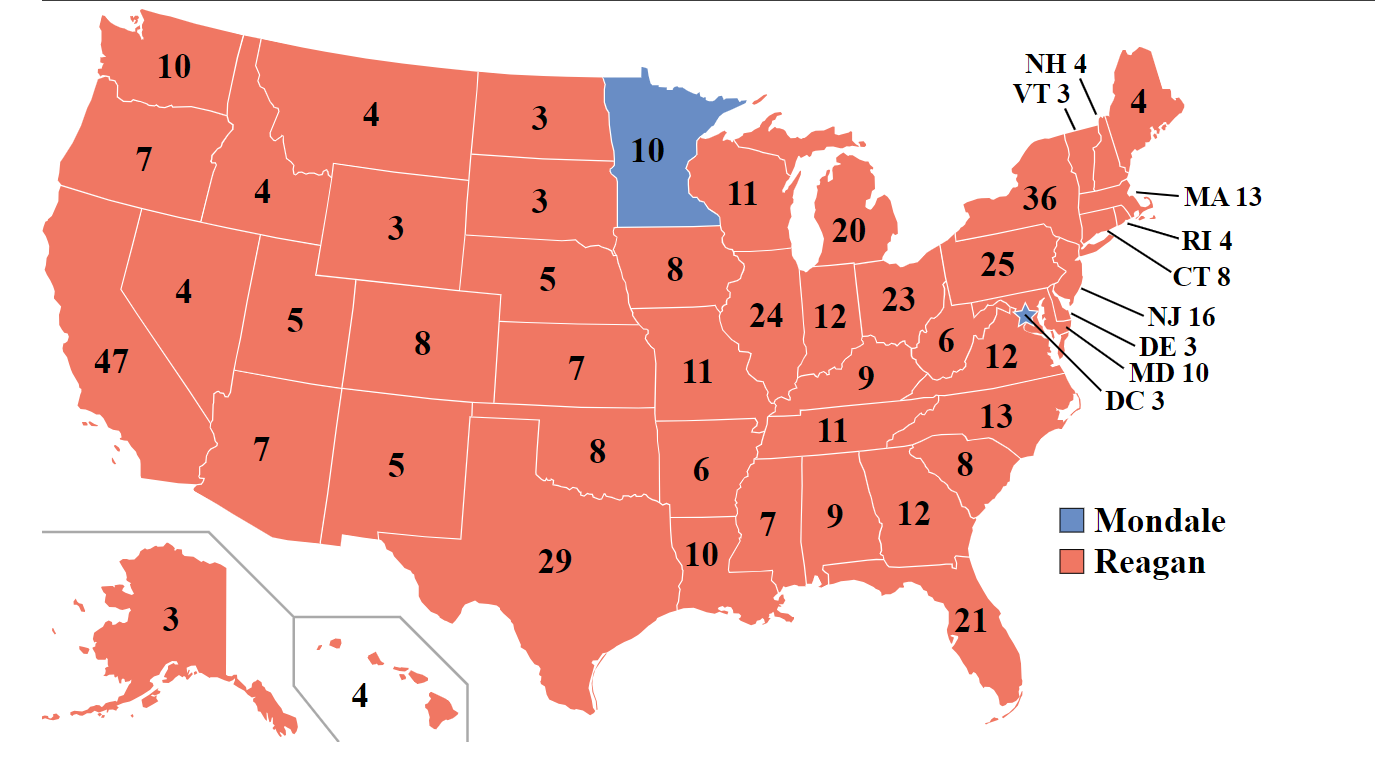
Republican Ronald Reagan, a former Hollywood actor and Governor of California, took 49 out of the 50 states in the 1984 election, netting him an all-time record of 525 electoral votes. During his first term in office he managed to solve the two crises plaguing his predecessor Jimmy Carter’s administration: high inflation and the Iranian hostage crisis.

With a goal in each half from captain Dominik Szoboszlai, Hungary beat Bosnia and Herzegovina 2–0 on the road in the League A group game of the UEFA Nations League. With this victory, the national team will most likely avoid direct relegation this season, and will have the chance to play a play-off at the end of the season to stay in the top division.

The Offspring, the legendary Californian punk-rock band, will return to Hungary after a seven-year break, with a concert scheduled at Budapest’s MVM Dome on 31 October 2025. The performance is part of their The Offspring: Supercharged Worldwide in ’25 tour, following the release of their latest album Supercharged. Fans can expect a powerful blend of their classic hits and new material.

Hungary have tied the Netherlands, one of the semi-finalist teams at Euro 2024 this summer, 1–1 in their UEFA Nations League group game. They are playing Bosnia and Herzegovina tonight, and that game will most likely determine which of the two teams will have the chance to stay in the top division of the Nations League for another season.

Budapest has been ranked as the second most friendly city in Europe by the prestigious travel magazine Condé Nast Traveller. The city also claimed sixth place on the list of Europe’s best cities for 2024, scoring high for its cultural landmarks, wellness offerings, and vibrant nightlife. Budapest’s friendliness is credited to locals’ pride in showcasing the city to visitors, ensuring a warm welcome.
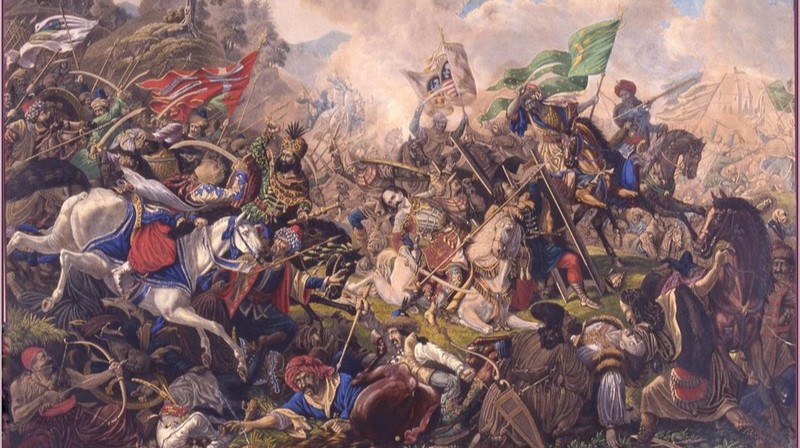
‘Hungary gave Western Europe time to prepare itself economically and militarily for centuries of struggle with the Turks. It is true, however, that Hungary projected the false impression that it alone could hold back the Turkish advance, which proved to be a tragic mistake. One thing is certain: the European public had much to be grateful for to the Hungarian armies of the time for these victories.’
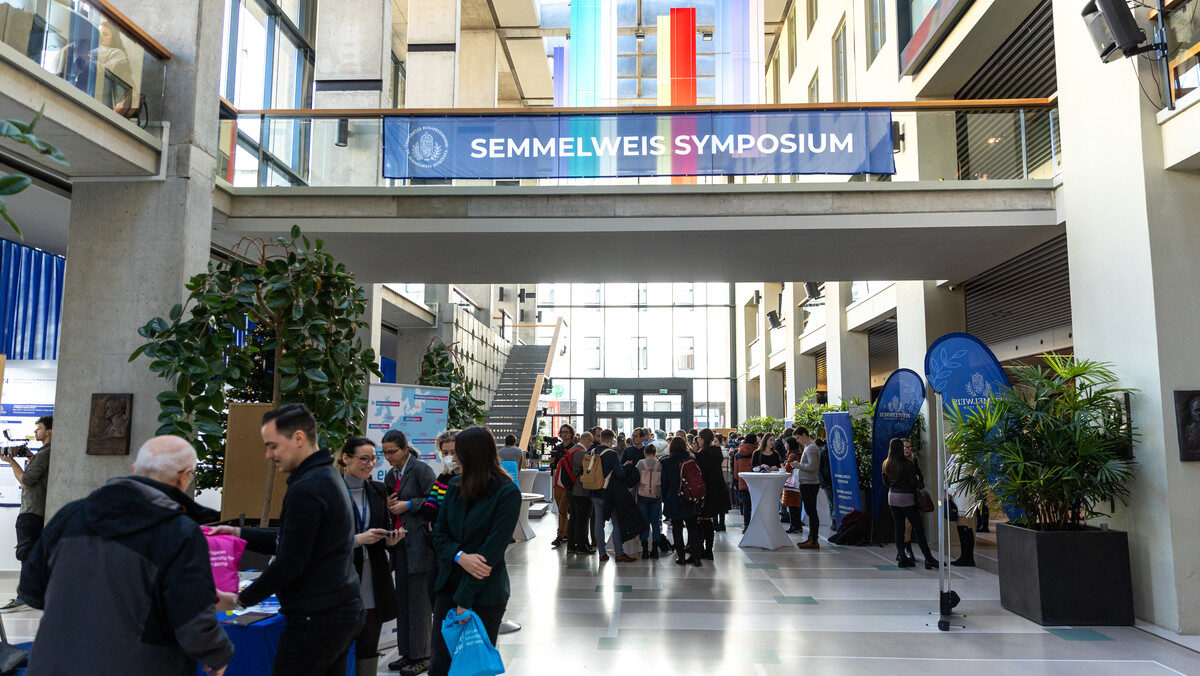
Hungarian universities have improved their positions in this year’s Times Higher Education World University Rankings. According to State Secretary Veronika Varga-Bajusz, the model change has enhanced the competitiveness of Hungarian institutions, enabling them to achieve better international results.
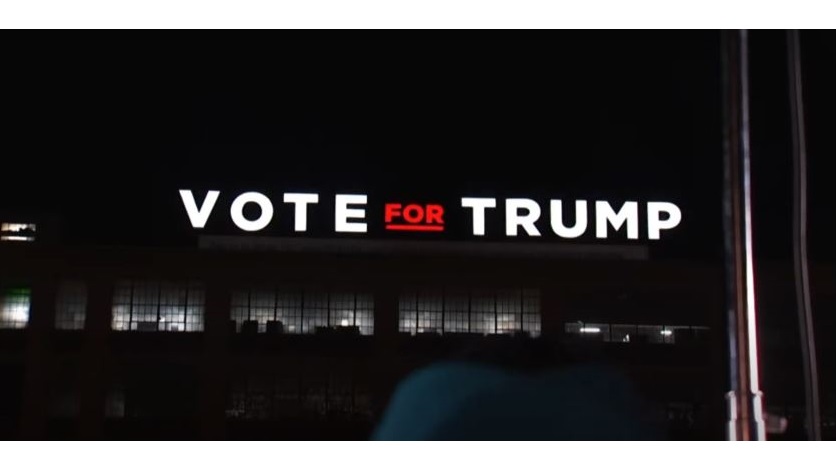
A pro-Trump business owner named Anthony Constantino decided to put up a 100-foot wide ‘Vote for Trump’ sign on his roof in Amsterdam, New York. The Democrat mayor of the city issued a complaint, so Constantino was ordered to cover it up by a judge. However, the same judge reversed her decision shortly after, so the sign could stay and even be lit up at night.

Iconic social democrat politician Anna Kéthly was the second woman to serve in the Hungarian National Assembly. Born into a working-class family, she dedicated her life to advocating for the rights of workers and women in particular. Forced into hiding during the German occupation of Hungary due to her brave anti-Nazi stance and imprisoned by the Communists in 1954, and freed in 1956, she epitomizes resistance to all forms of totalitarianism.
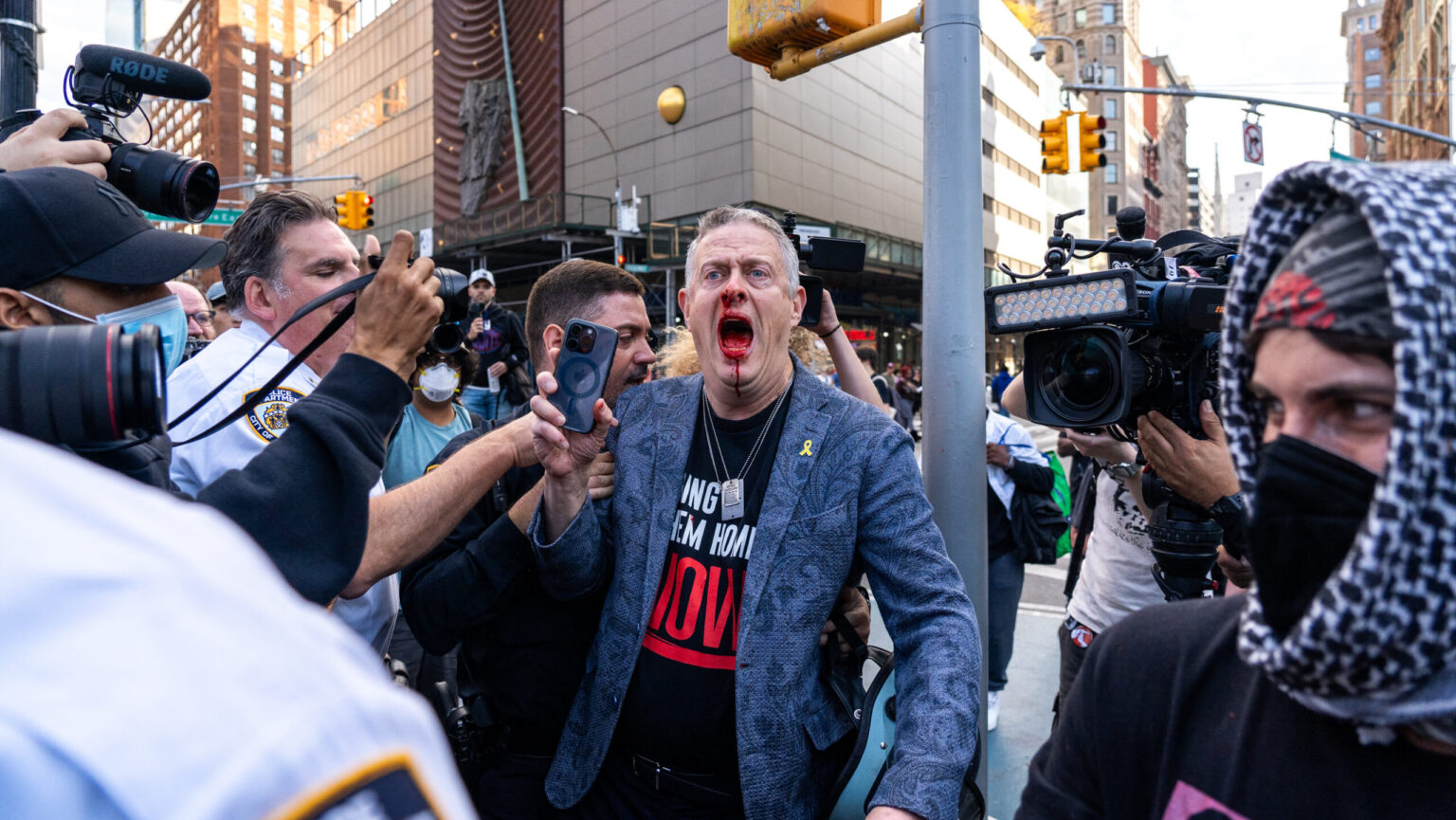
The number of antisemitic incidents perpetrated by pro-Palestinian mobs in Western countries did not decrease on the anniversary of the Hamas terrorist attack—in fact, the hatred only intensified. A video showing a pro-Israel demonstrator being assaulted by an enraged pro-Hamas mob is rapidly spreading across the internet. In contrast, Hungary remains an island of peace and security for the Jewish community, as evidenced by Monday’s commemorations.
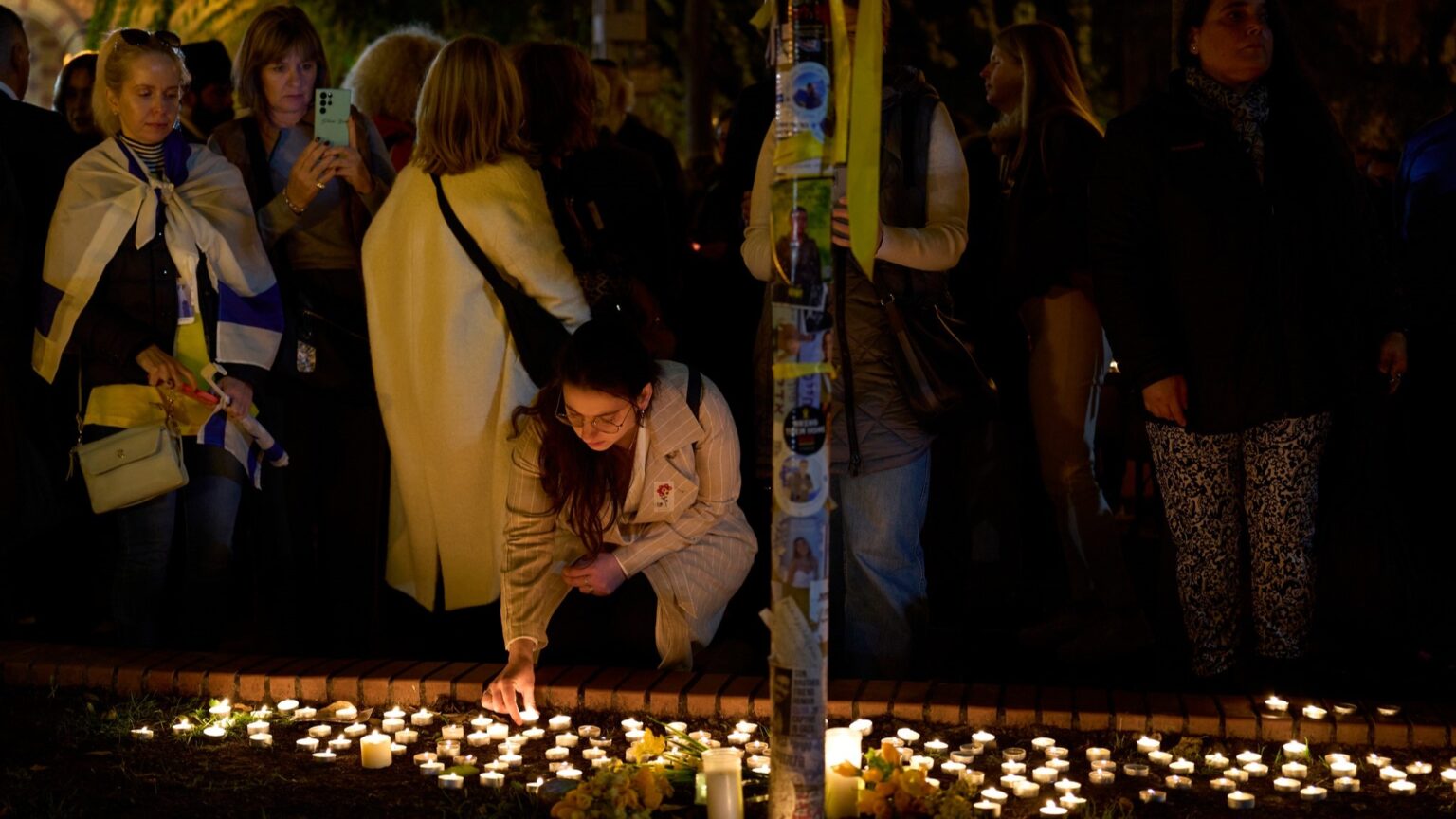
‘Instead of looking for explanations as to why this terrible thing happened, I suggest that we respond to death with life and fulfil everything that was not given to them, to those who died on 7 October. The murderers robbed them of their dreams, their hopes and their future; we have only one answer: let’s stand up together for them!’, Andor Grósz, President of the Federation of Hungarian Jewish Communities said at the Dohány Street synagogue commemoration in Budapest.
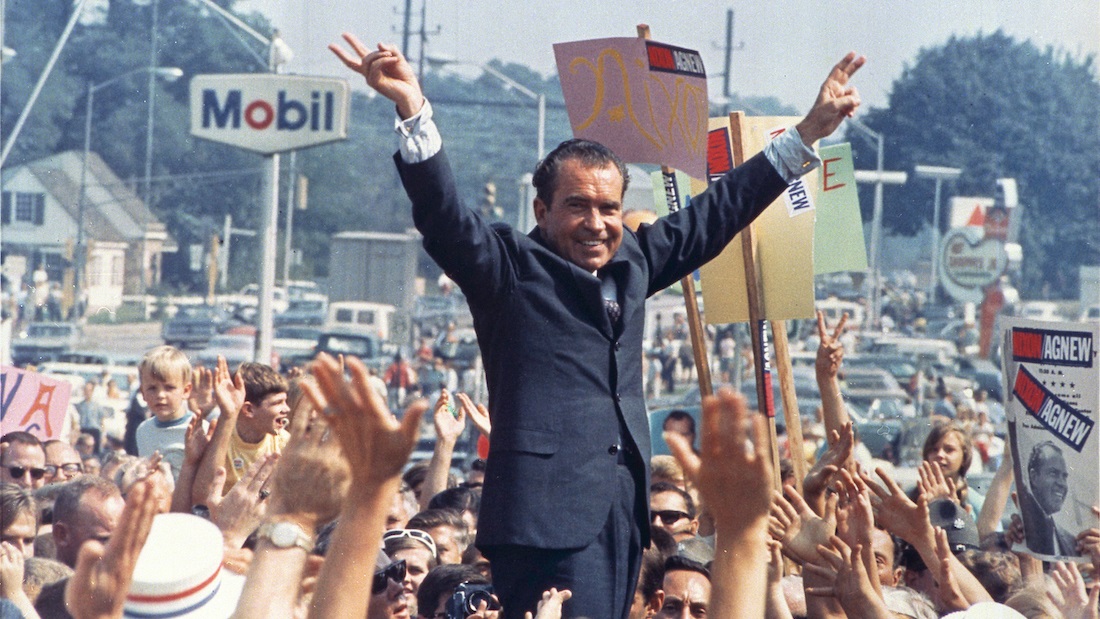
Despite winning in a landslide in 1964, President Lyndon B. Johnson decided not to seek reelection in 1968. He was facing pressure within his own party from the left and the right, with some opposing him on the Vietnam War, while others on the Civil Rights Act. This gave Richard Nixon the chance to beat Vice President Hubert Humphrey, although in a much tighter race than expected.

Nearly two-thirds of young Hungarians aged 15-29 do not consider it important to find out what political views an influencer represents. Those who follow several content creators typically feel this to be less important (10 per cent) than those who only follow one influencer (25 per cent), but even among them there are almost twice as many who do not consider it important to be aware of an influencer’s political views.
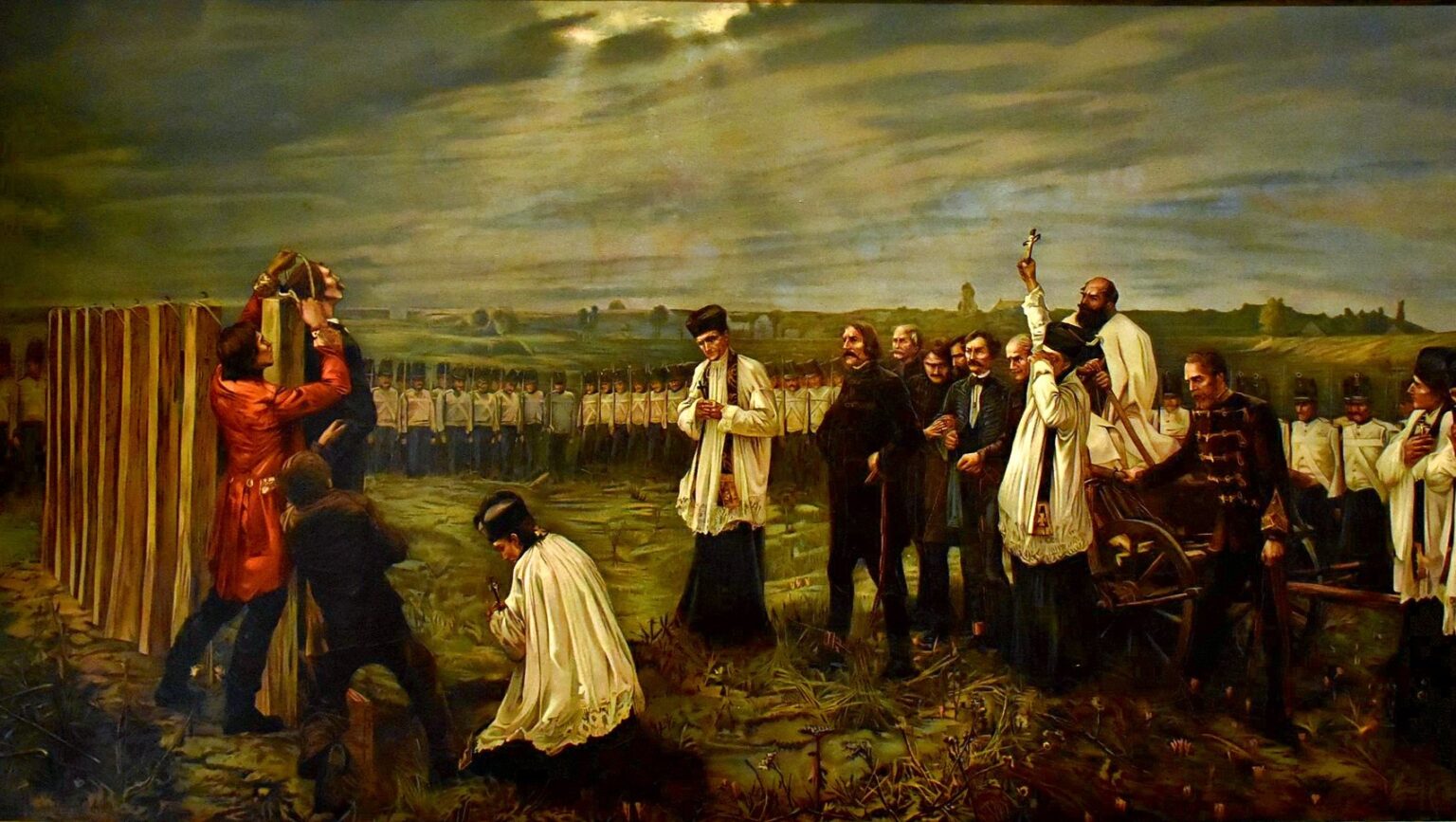
‘Among the executed were counts and commoners, descendants of Croatian and Serbian border guard families, imperial Germans, and native Armenians. Some were connected to the Hungarian cause by family ties, others by their unit or simply by their wealth and social status. But all of them were men who believed that once they had sworn an oath to the Hungarian constitution at the behest of the emperor, they had to defend that constitution—even against the emperor himself.’
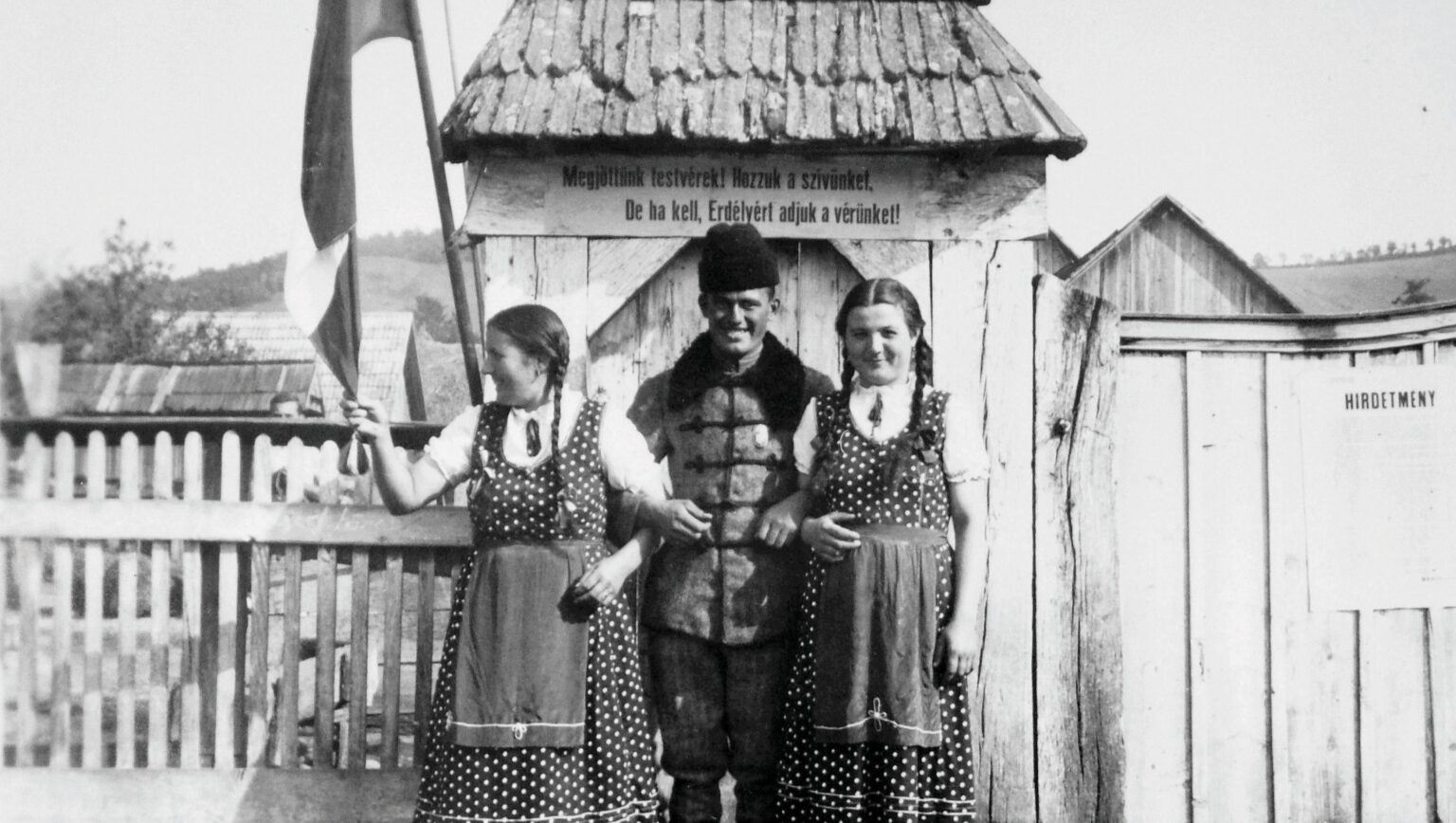
‘2023 was not a good year for national and ethnic minorities, and 2024 is unlikely to be either. While there were numerous advances during the 1990s, we have been recently witnessing a clear regression.’
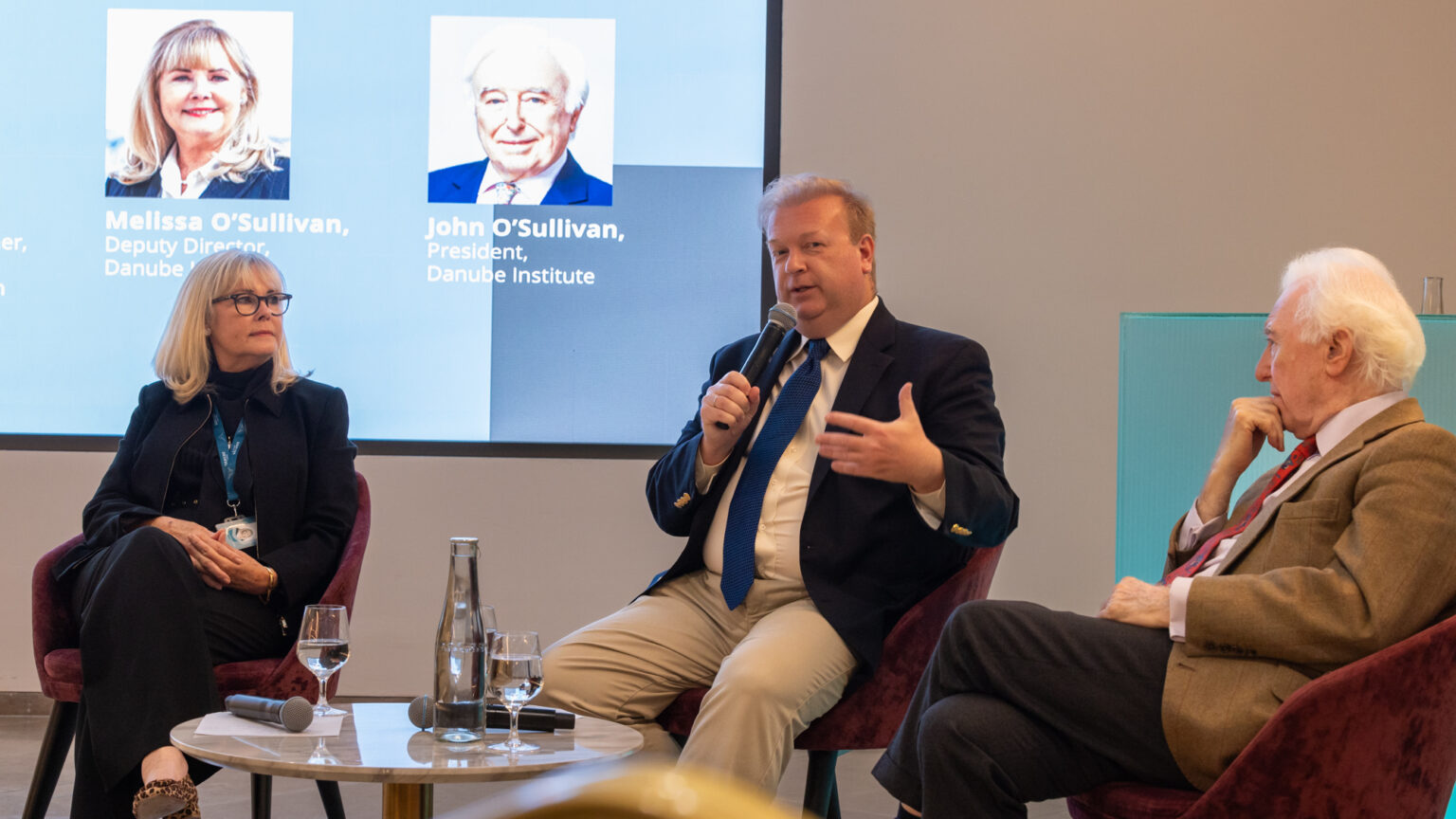
No US state has shaped its own brand of conservatism like Florida. Paul du Quenoy, Palm Beach Institute President, discussed the rise of the ‘Free State of Florida’ in a panel at Danube Institute.
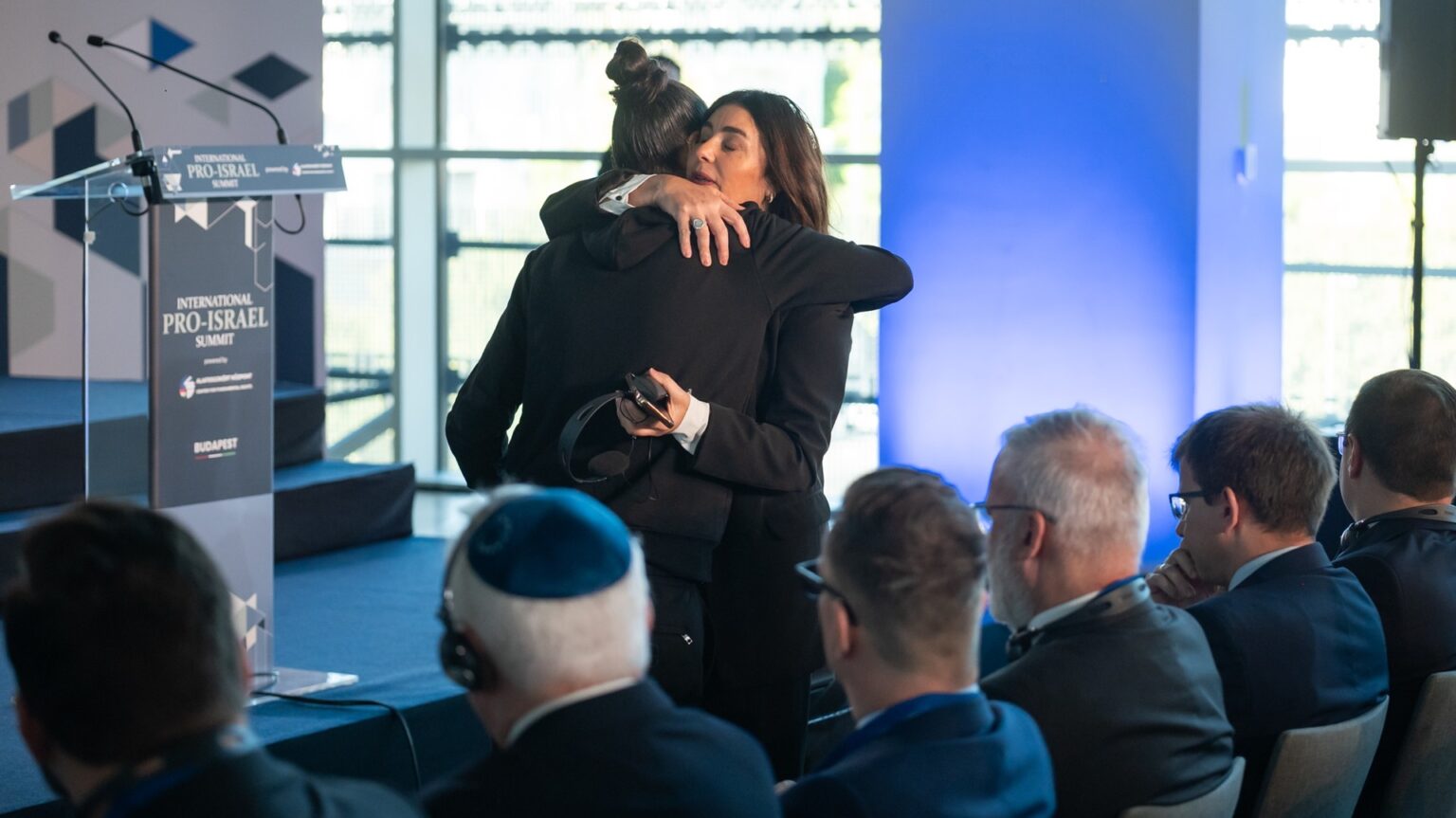
The panellists discussed a wide variety of topics related to the war in Israel at the second International Por-Israel Summit hosted by the Center for Fundamental Rights, including the ICC arrest warrant for Prime Minister Netanyahu, Iran’s role in the conflict, and the potential impact of the upcoming US presidential election as well.
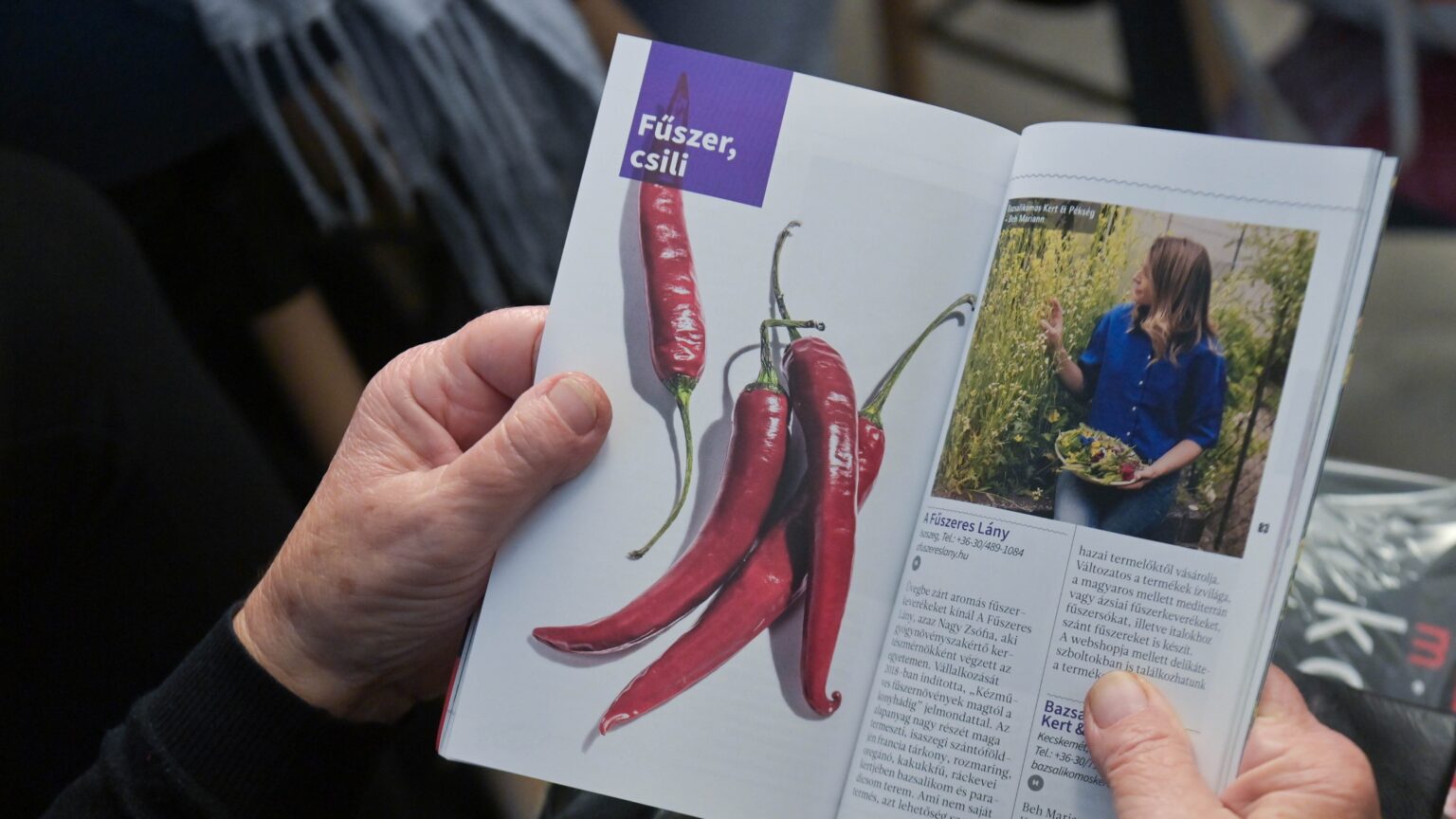
Hungary’s Magyar Konyha magazine has released its Top 150 Producers Guide, showcasing the country’s best small-scale producers and their high-quality products, a testament to the thriving farm-to-table movement and growing consumer demand for local, sustainable ingredients.
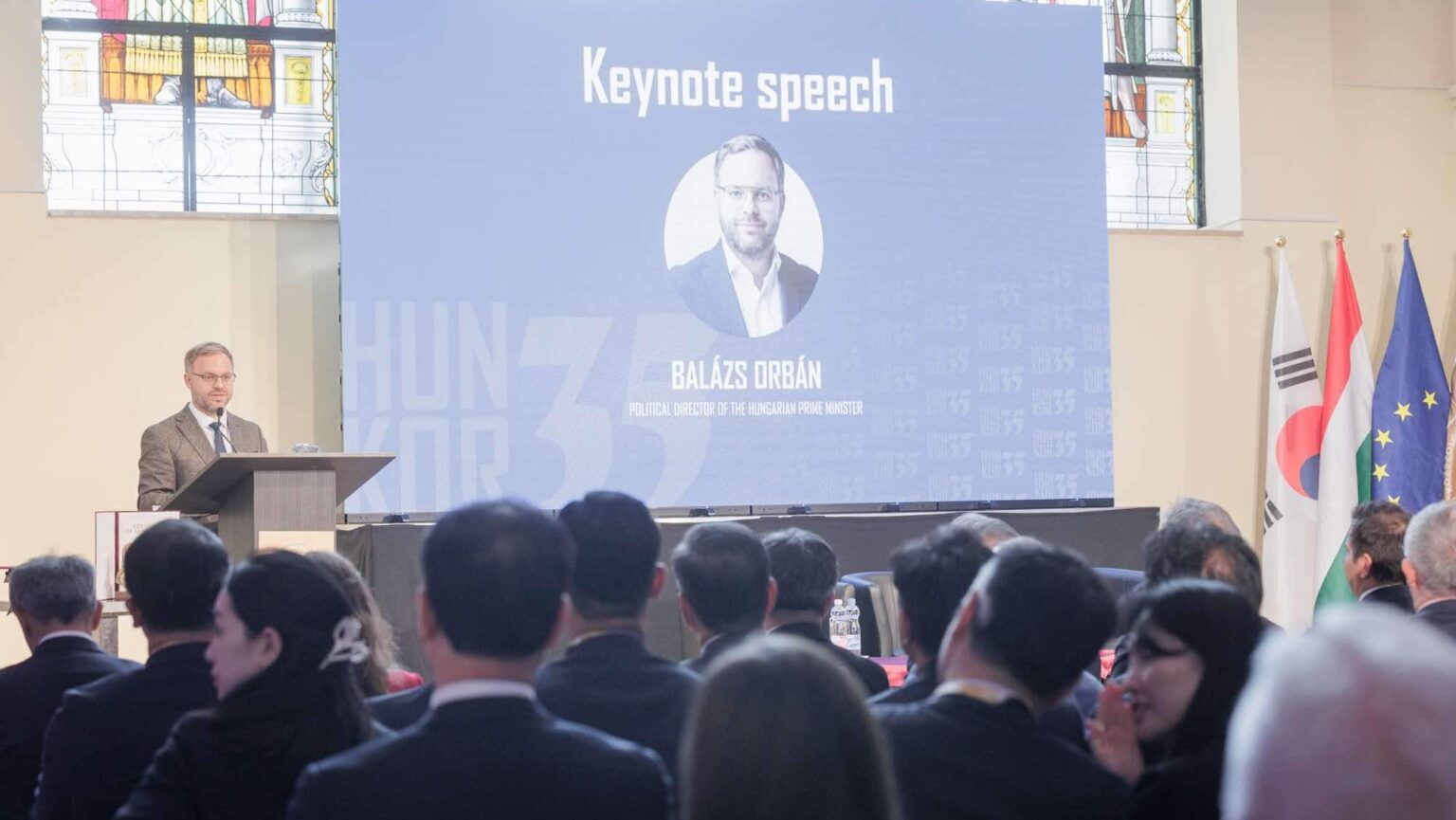
‘We Hungarians have learned from South Korea’s success story that a strong economy cannot be built without a firm commitment to our values; thus, we have combined our traditions with technology,’ Balázs Orbán stated at the Hungary-Korea Forum. The political director of the Hungarian Prime Minister welcomed the deepening economic cooperation between the two countries at the event, which marked the 35th anniversary of the establishment of diplomatic relations.
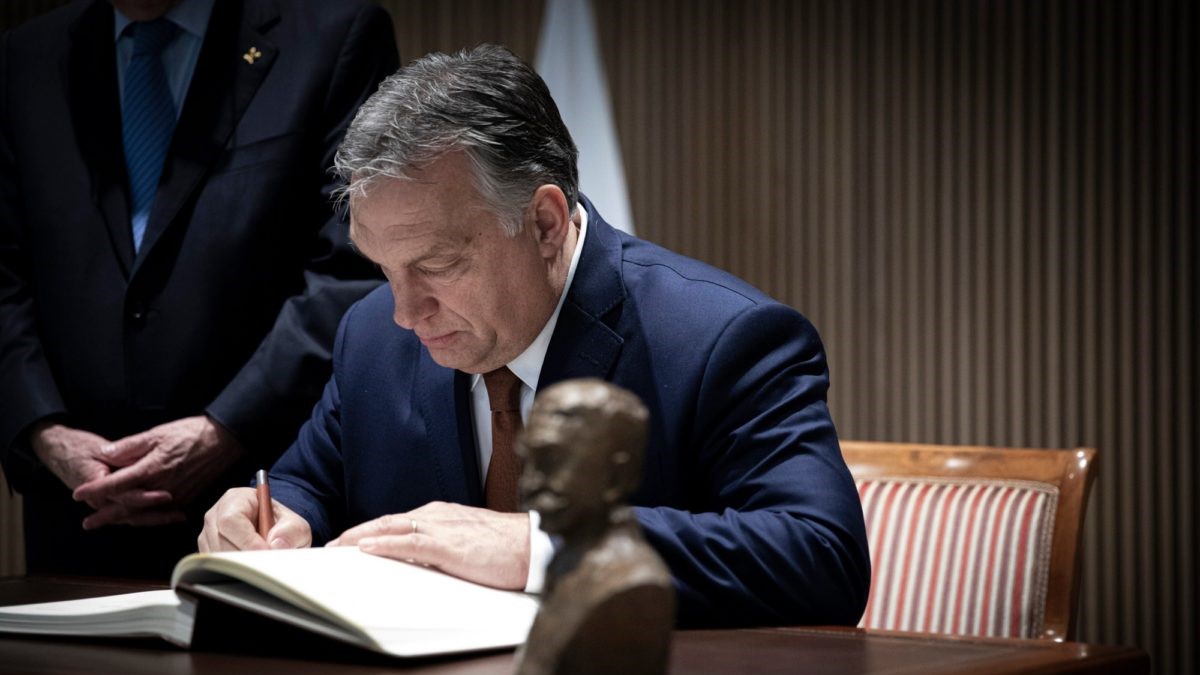
Prime Minister Viktor Orbán marked the Jewish New Year by sending a letter of greetings to Hungary’s Jewish community, emphasizing the country’s role as a ‘calm and safe island’ in a world of growing challenges. Just last week, Israeli Ambassador Jakov Hadas-Handelsman met with Mazsihisz President Andor Grósz to underline the unity between the Jewish people in Hungary and Israel ahead of the upcoming Rosh Hashanah celebrations.
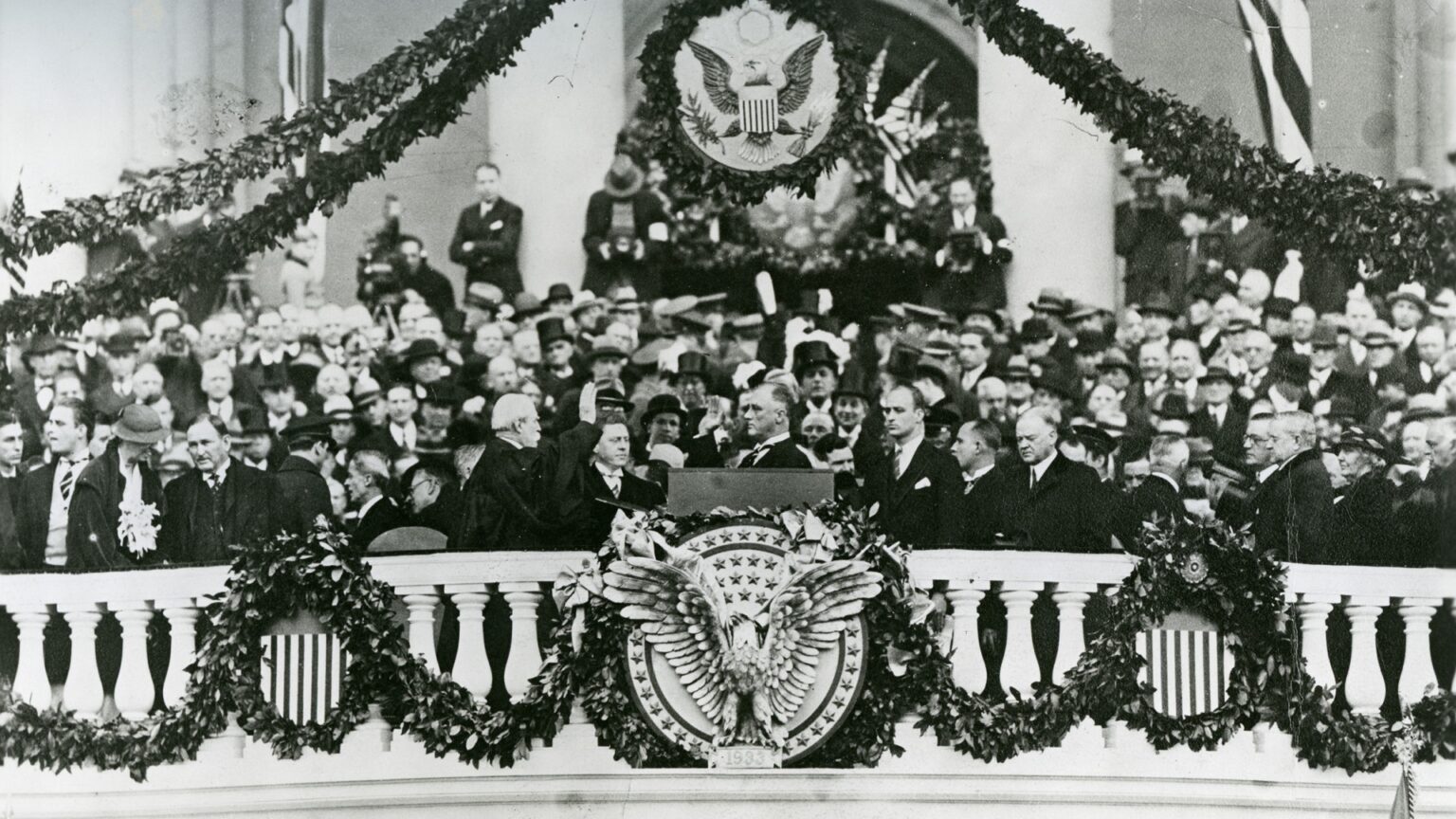
Under the presidency of Republican Herbert Hoover, the United States suffered the greatest economic depression in history. This set up a Democratic domination of the White House for five consecutive terms. Since Presidents serving two terms was just a tradition at the time and not law, Franklin D. Roosevelt won four out of those five terms.

The Hungarian company Proofminder has been named one of the winners of the AgVenture 2024 competition, hosted by the European Bank for Reconstruction and Development (EBRD). The programme aims to support the development of green technologies in the agricultural and food production sectors. Proofminder’s AI-based platform and drone technology help farmers increase yields, reduce chemical use, and protect biodiversity.
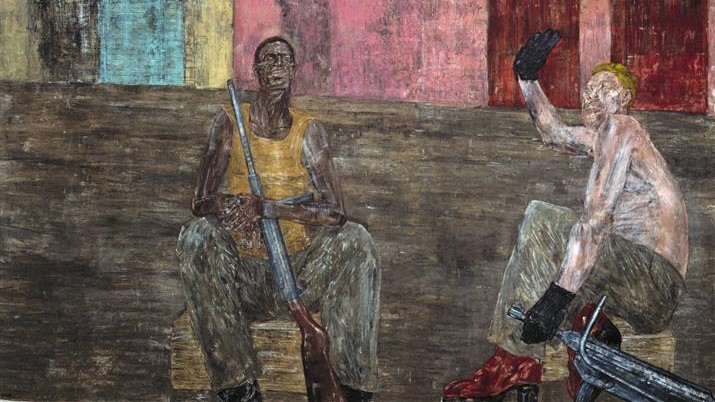
The war quite literally consumes people; they are killed or maimed physically and psychologically at an unprecedented rate. Using foreign fighters is consequently quite logical for both sides. They alleviate domestic pressure to recruit more soldiers, with the new fighters likely being versed in military matters. They also demonstrate the global clout of the given side by showing the diverse coalition that stands behind it. Of course, this is a double-edged sword, which is why there is an intense war of narratives about whether these people are mercenaries or volunteers.
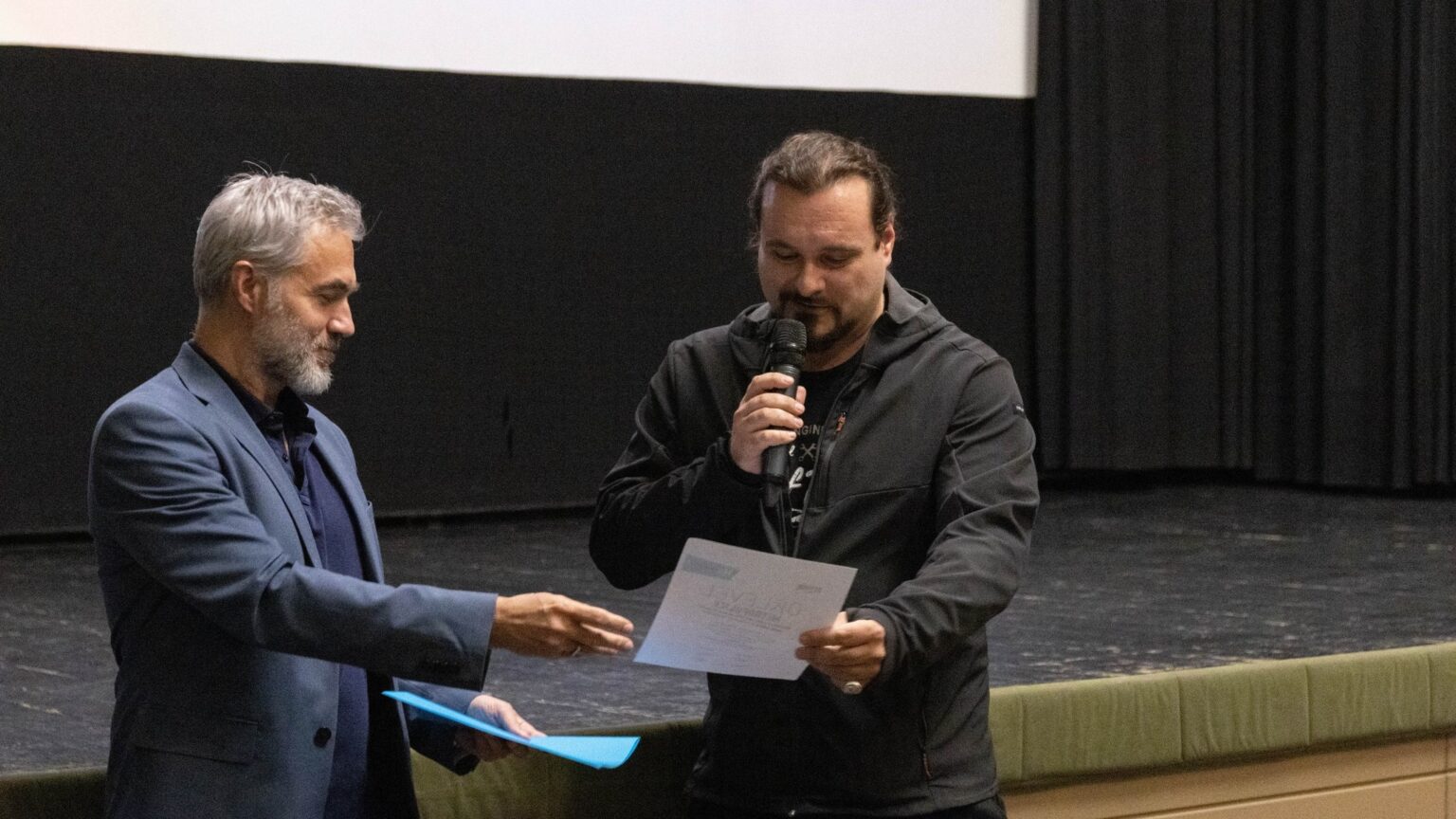
At the second annual MetroPOLICE Crime Film Festival in Kecskemét the Danish thriller The Boys claimed Best Feature Film, while the Hungarian short On the Lookout won Best Short Film. Mátyás Prikler received the Special Jury Prize for Best Director for his Slovak–Hungarian political thriller Power, praised for its minimalist direction and nuanced character portrayal.
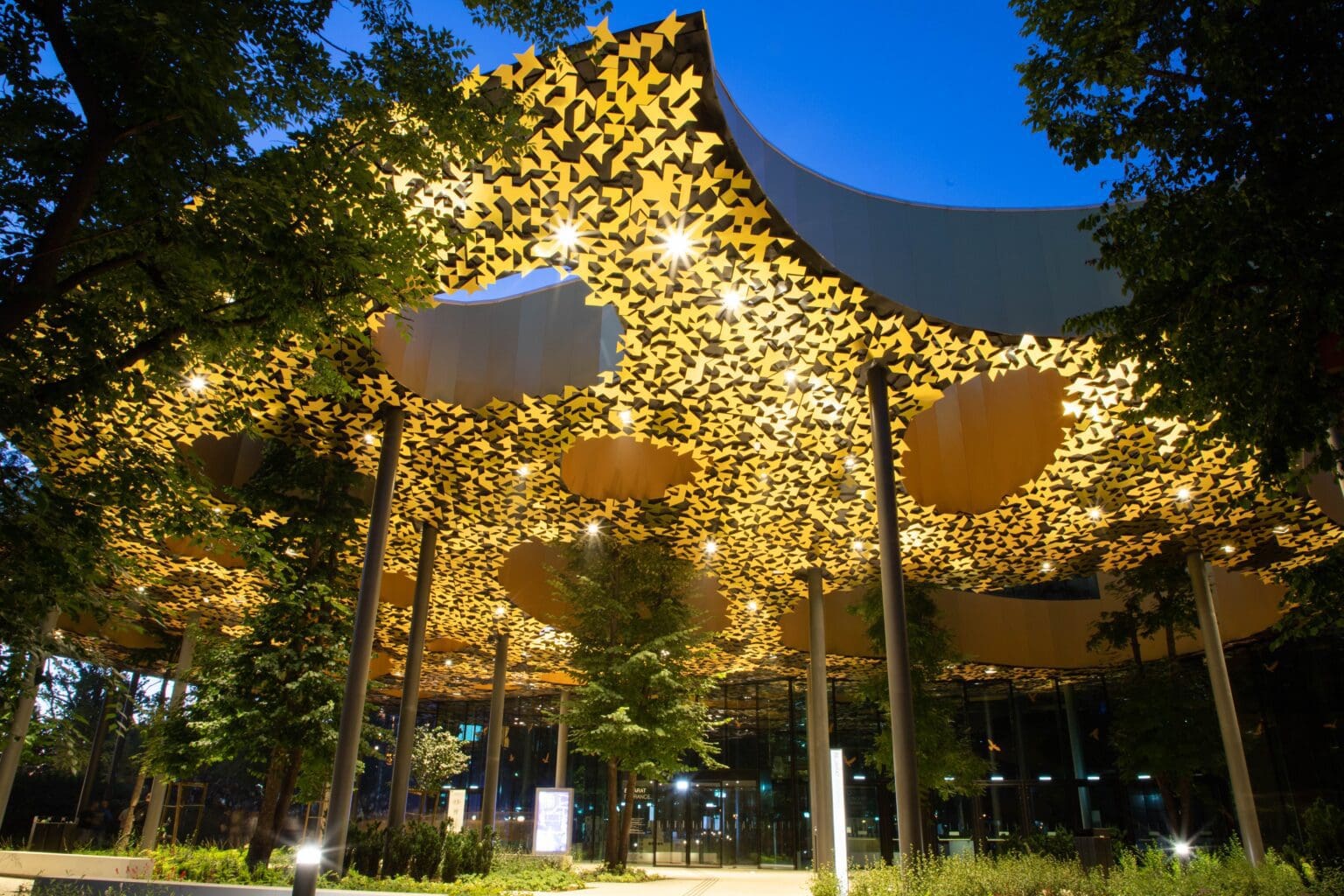
The Liget Budapest Project has made history by winning three awards at the prestigious International Travel Awards in Dubai. Recognized as the World’s Best Tourism Development and Europe’s Best Family-Friendly Development, the project also saw the House of Music Hungary named Europe’s Most Attractive Tourist Attraction, affirming Hungary’s rising global tourism profile.
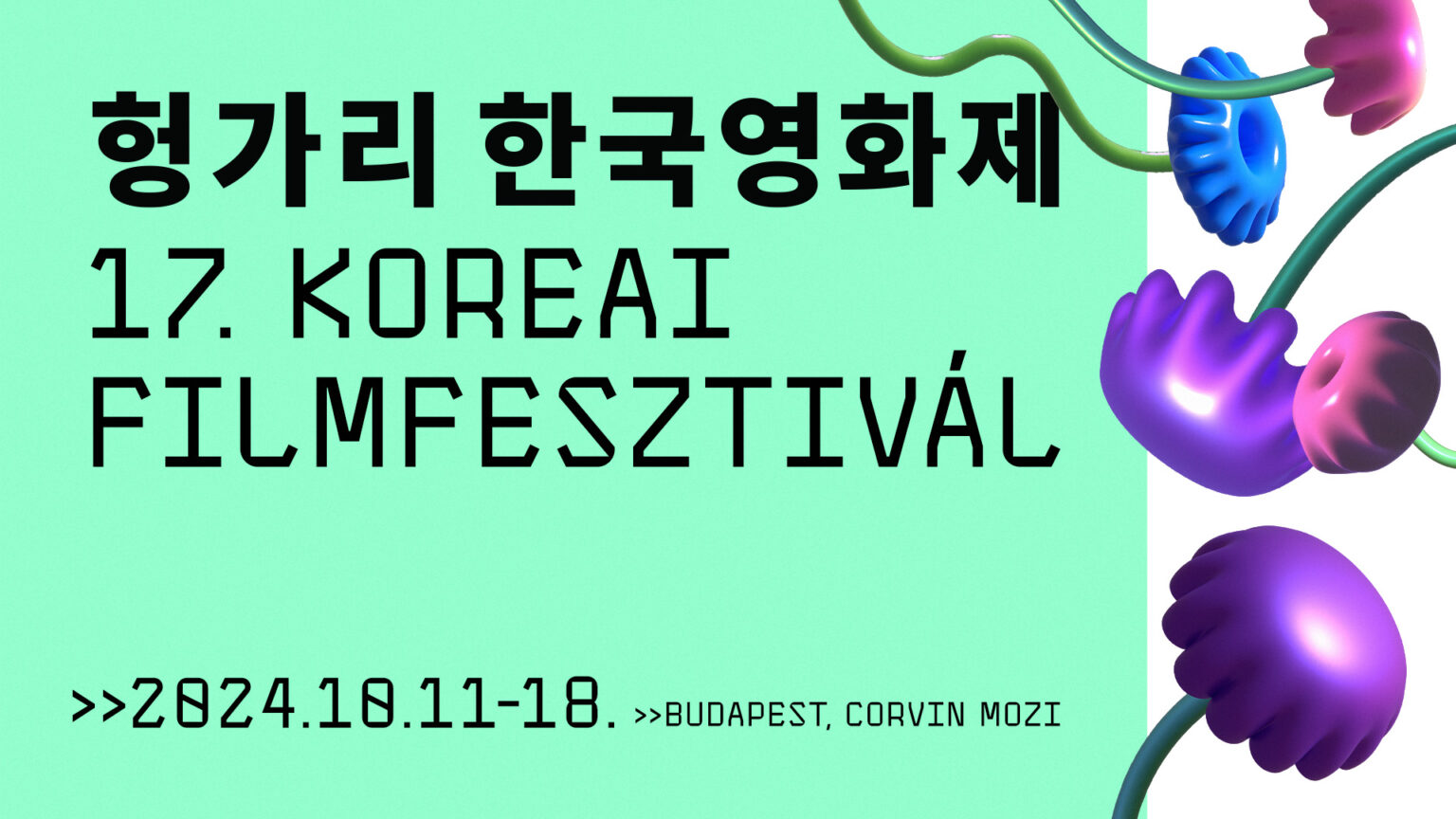
The 17th Korean Film Festival in Budapest will showcase twenty-three new South Korean films from 11 to 18 October at the Corvin Cinema. Highlights include the box office hit Exhuma and a special focus on environmental films. Viewers can also meet renowned production designer Cho Hwa-sung and enjoy films in their original language with Hungarian and English subtitles.